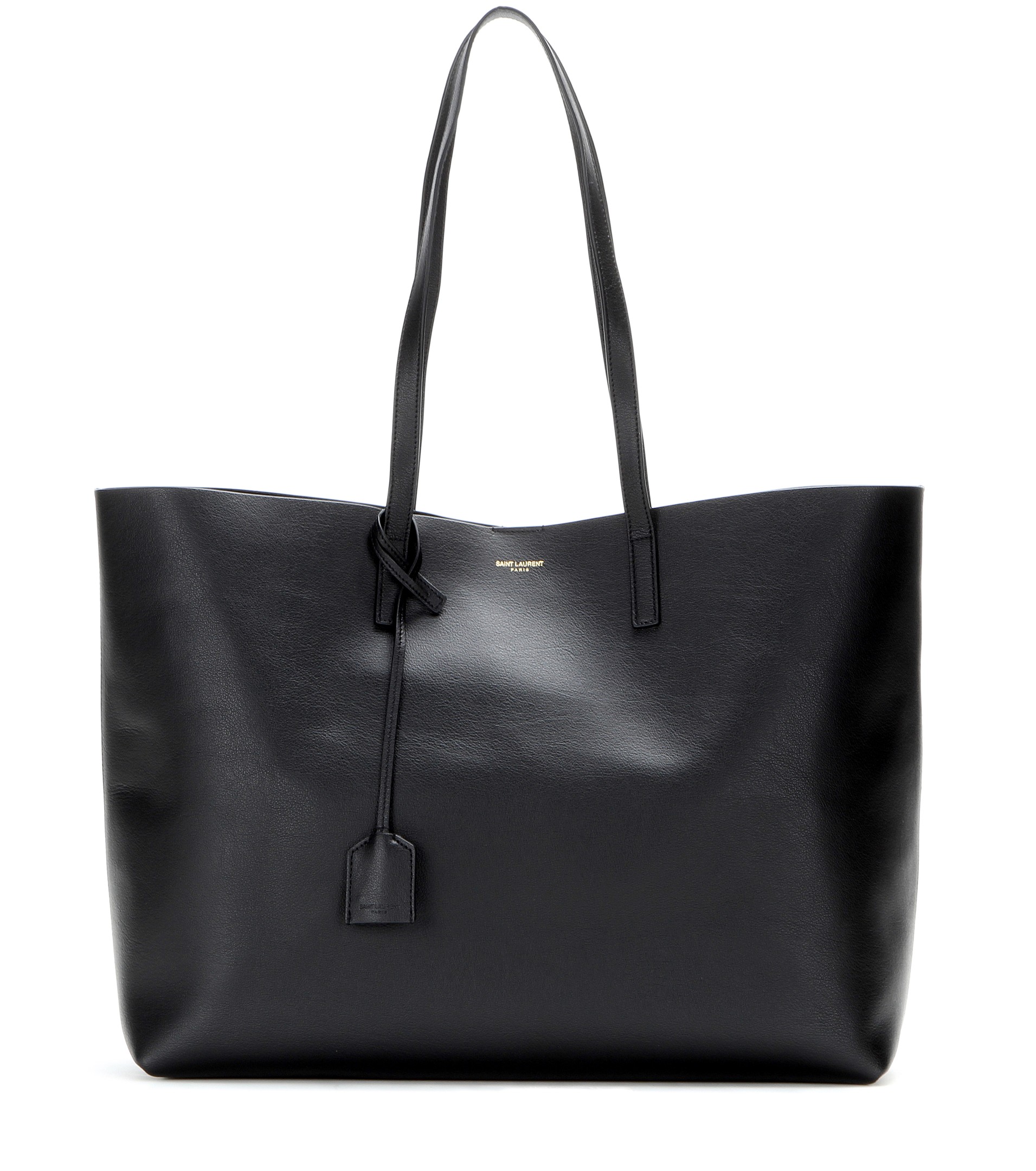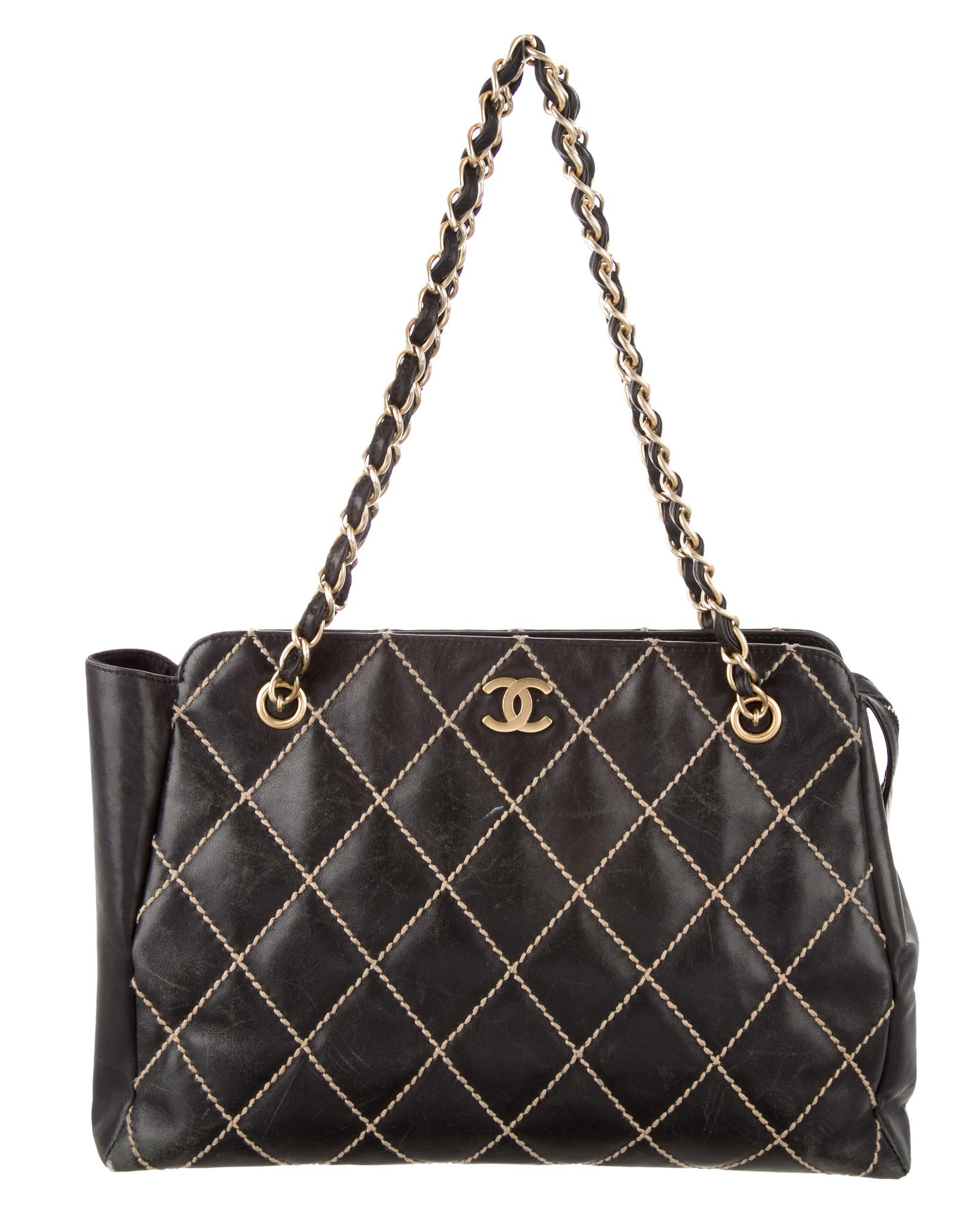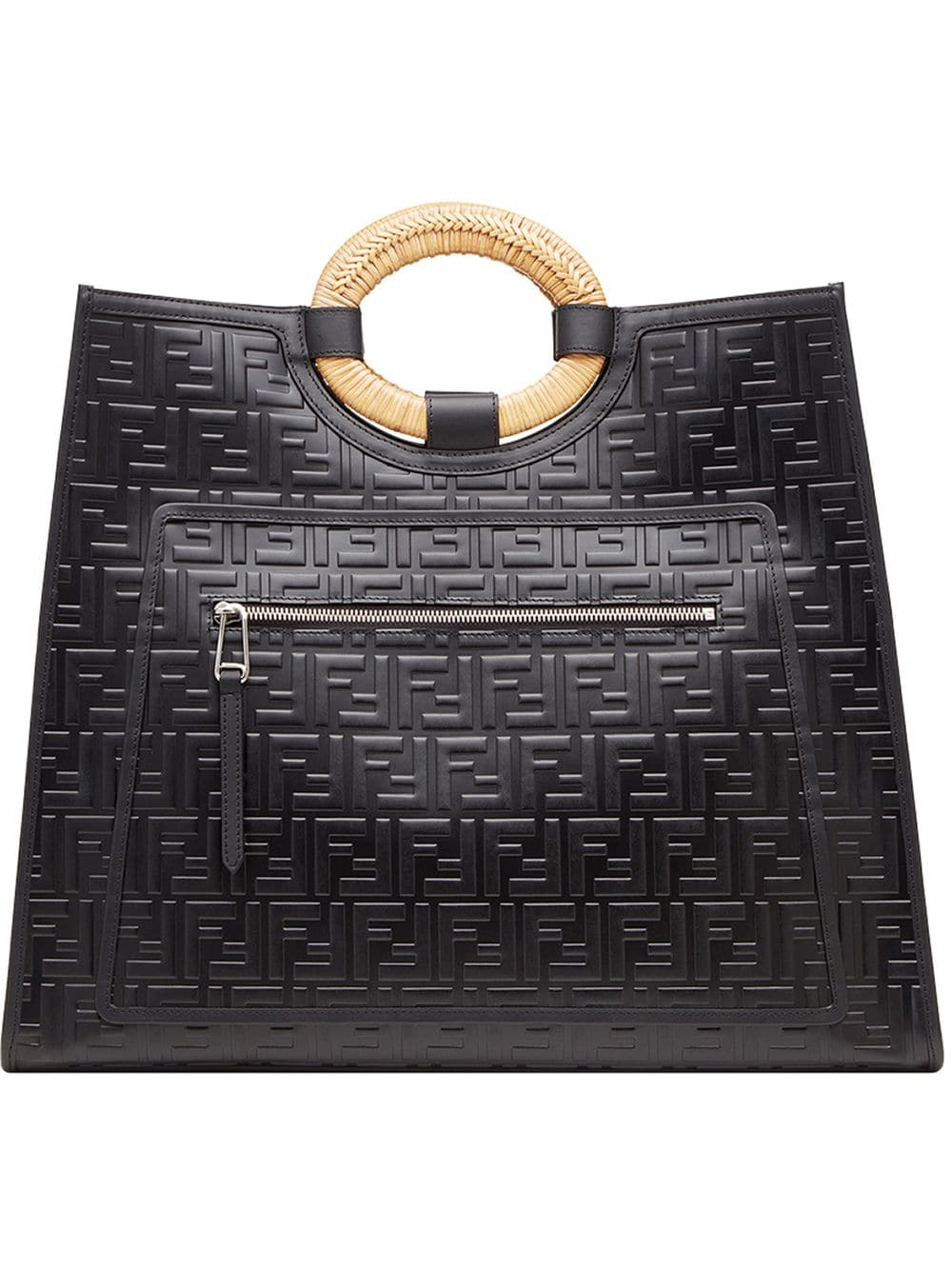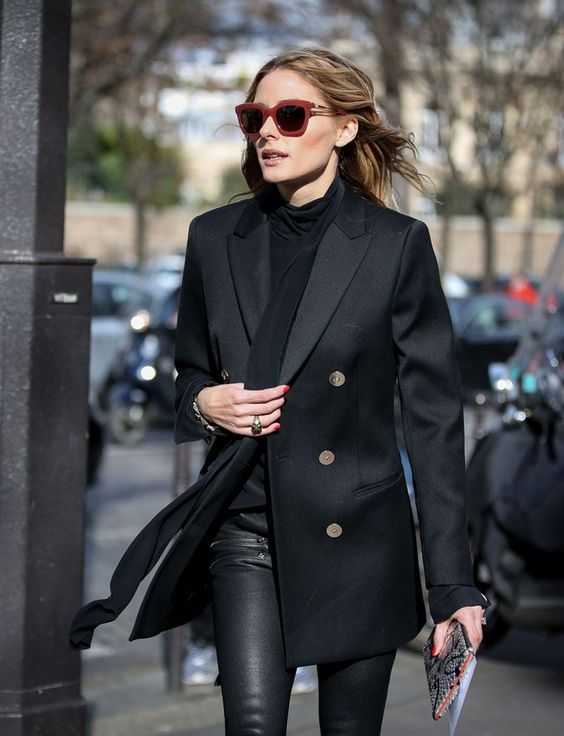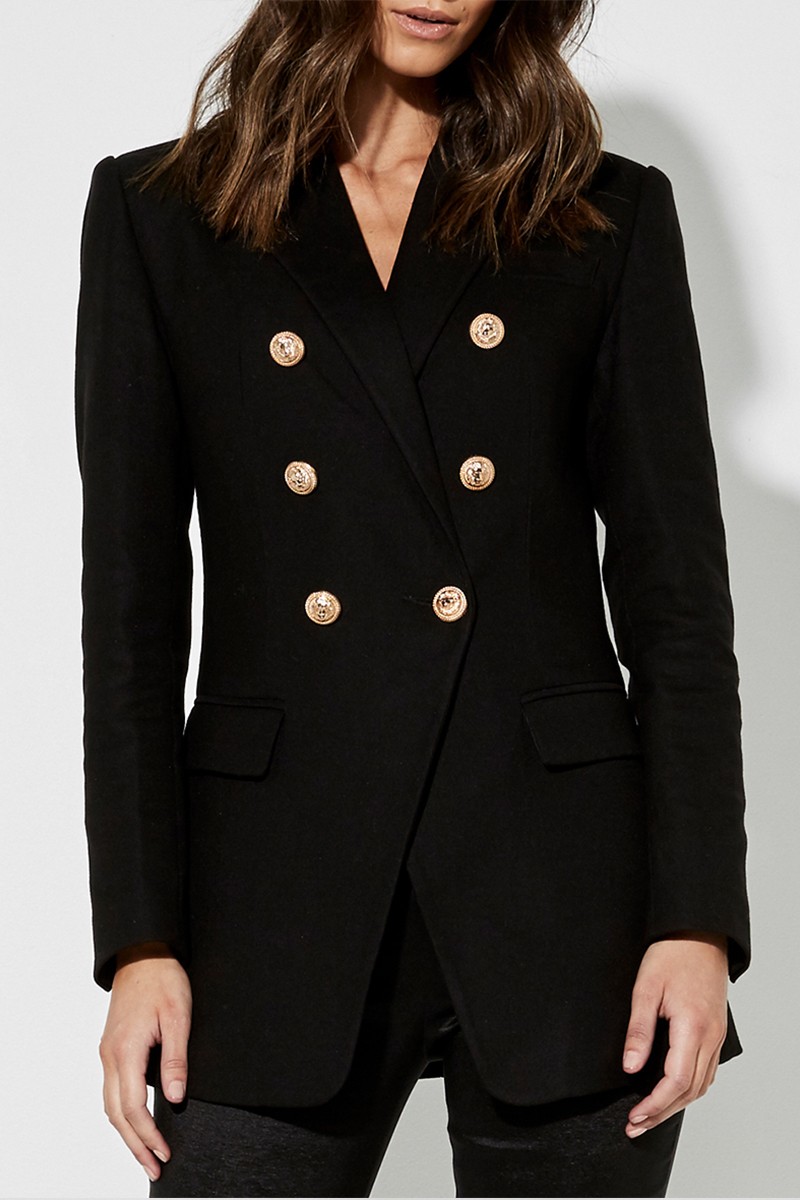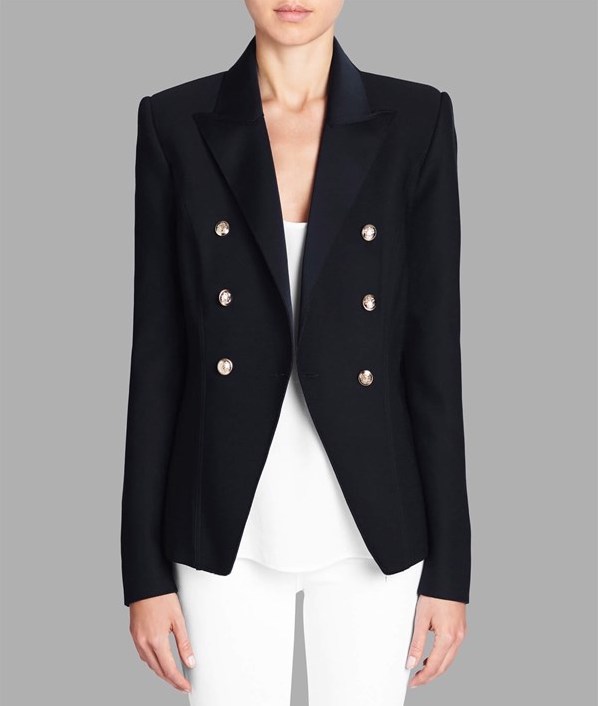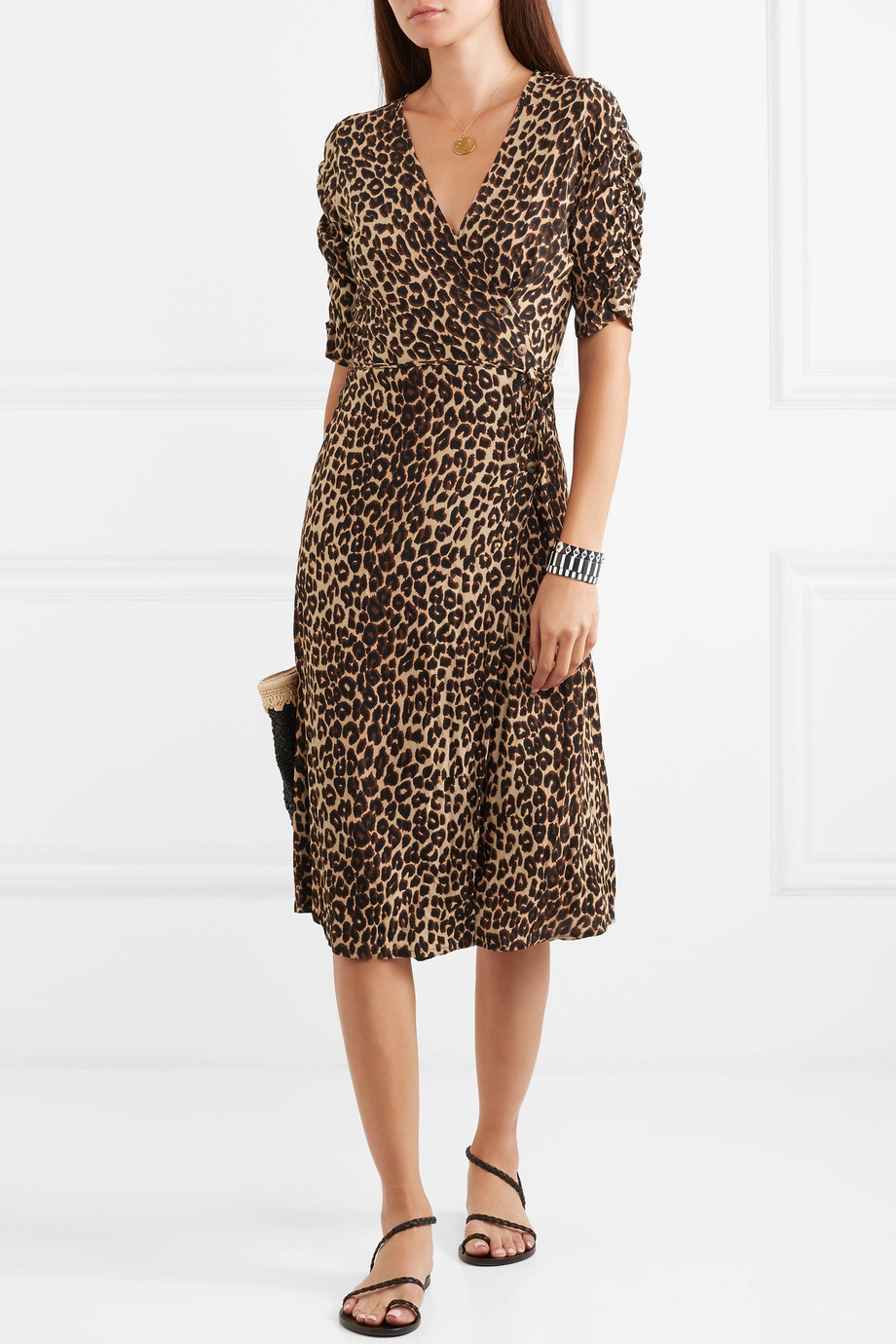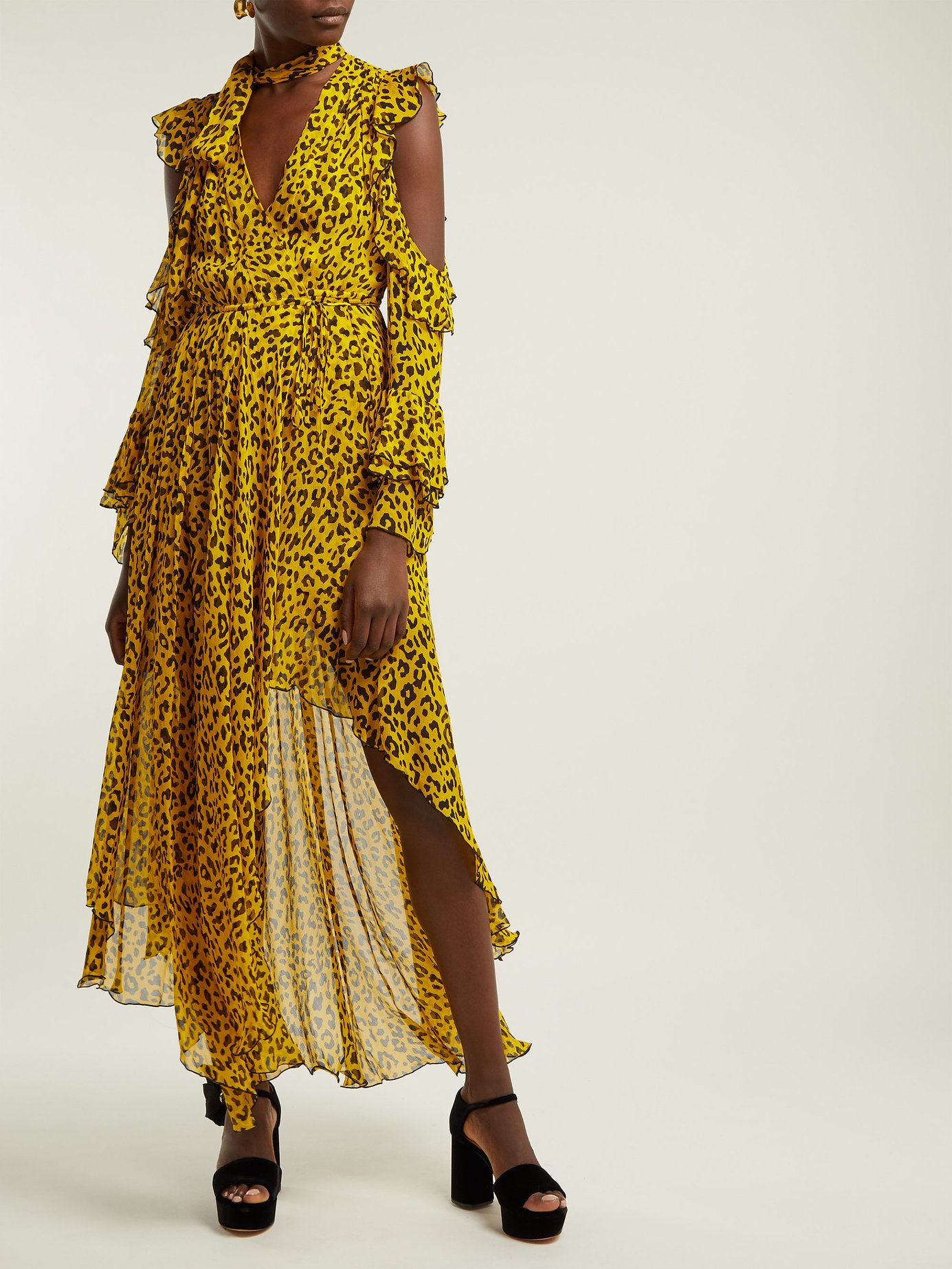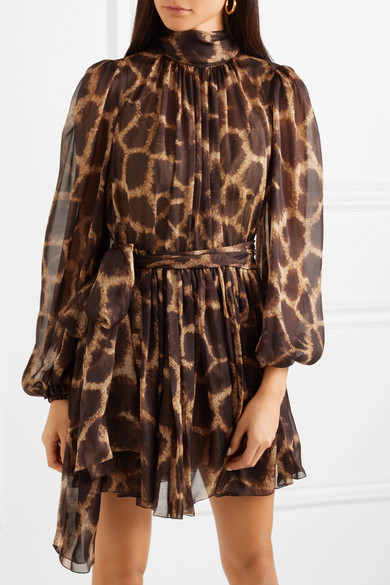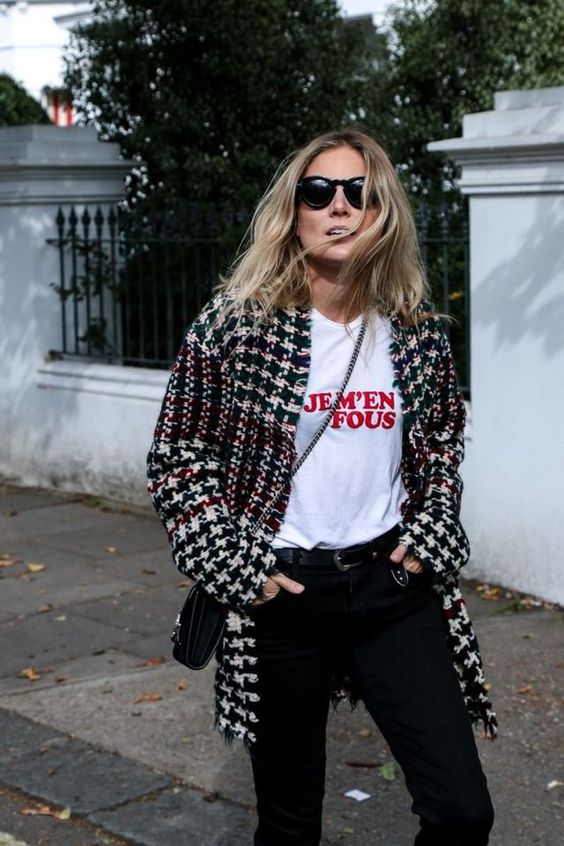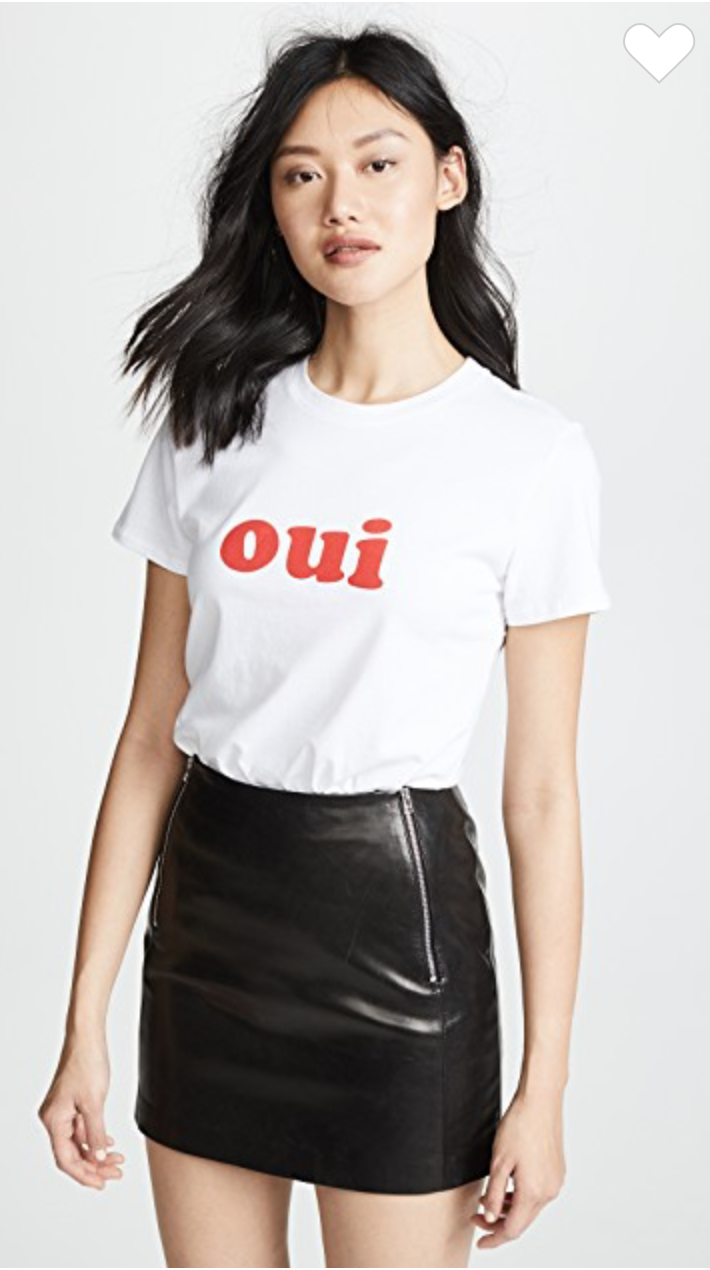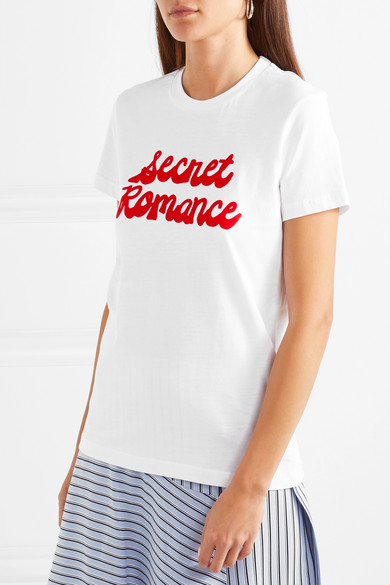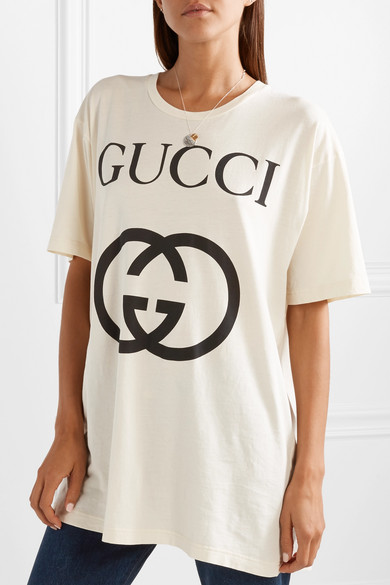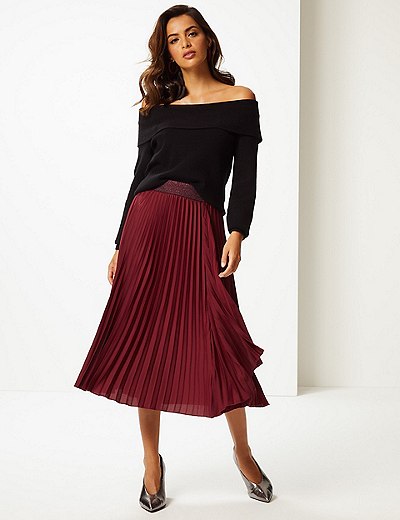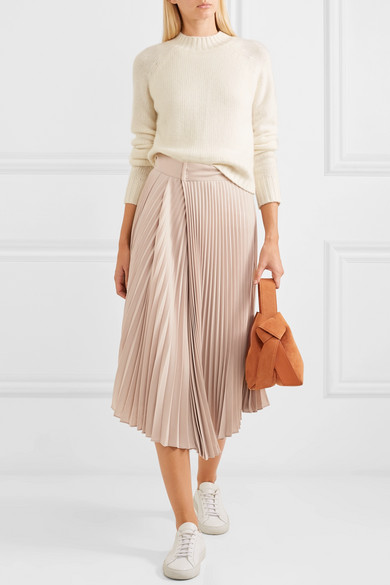DRESSING ON A BUDGET
One of my favourite moments is when someone comments on my outfit - not because I like to hear flattering things about myself, but because I like tricking people with style. The moment goes something like this, “omg I adore that Balenciaga trench on you, you always wear the best clothes”. My first thought is, do I correct them and say I’m actually wearing a H&M trench, or do I just smile and say ‘thank you”? Well, there is something I find very satisfying about revealing my outfit only cost $70 rather than $7,000, and although I love designer labels, I think it’s very important and practical to mix it up with all price points when dressing.
You inspire most of my articles and recent requests are “how to shop and have style on a budget”. A few months ago I wrote an article about ‘The Style Myth’, which was because I was the subject of very negative Facebook banter amongst a group of women, that I was a ‘sell out’ for wearing cheap labels. And I always talk about having ‘style’ isn’t defined buy the price tag of a garment (you can read more about this HERE if you missed it). But what are the rules to remember when you have a limited budget, but still want to look good? When you can’t justify buying anything ‘designer’, but still wish you could. Or if you want to mix your price points up, but too afraid to buy cheaper products.
So, I’m going to let you in on a little secret. This year I have reduced my spending (on designer goods) by about 80% vs last year. And the main reason is because I just realised it wasn’t the best way to spend my very hard earned cash. Although shopping over the years gave me so much satisfaction (I have an innate love of beautiful clothes and truly appreciate them), and wow, I did build a beautiful wardrobe of must own items. But after so many years of loving how buying clothes made me feel, I realised it wasn’t what defined me and I could shop smarter by searching for ‘non designer’ for the designer ‘look’ mixed with a few new season ‘designer’ items to keep my fashion fix at bay. In addition, I thought about how I could wear the clothes I already own. To be honest, I do own great pieces I’ve collected over the years, but now I’m just wearing them rather than collecting them. At first I had serious FOMO, but after a while not having all the ‘must haves’ everyone is wearing (or maybe just using for a photograph) I looked at my bank account and realised I was much better off.
So, as most of you think I am dripping in the latest designer bling, and although sometimes criticised for it, in all honesty, I am very thrifty! I’m here to share my very secret (well not so much anymore since you are reading this) ‘dressing on a budget’ tricks:
Style comes before the brand. Lose the perception that wearing a brand name means you look good. In fact, this is what people get so wrong, even wealthy ones. Clothes do not make a women. It’s your inner beauty and personal style that creates a great outfit.
What is a ‘designer’ brand? This differs for everyone depending on price point and not the brand name. Some people think a jacket that costs $200 is a designer brand, and others think a $800 jacket is a designer brand. So, you need to work out what tier you classify a designer brand to be. Maybe your goal is to wear a $200 jacket as that’s a big deal for you, when others think $1500 is normal. Once you decide what your low, mid and high range “brand” is, then you can use it to define where to shop and you spend your money.
It’s all in the education and not in the price or brand name. Learn ‘how to dress’ rather than ‘shop to dress’. Learn what the new trends are, or look at your style icons for inspiration. If you know what you need to be buying this eliminates buying clothes for the sake of it.
Shop out of season, and I don’t mean “last season trends”. It refers to weather seasons. This works well especially when you are buying from overseas and their weather is about to change. You can normally pick up items on sale which suit the climate you live in perfectly.
Try brands and stores you would never normally try. Don’t discriminate brand names or the areas stores are in - as changing your ‘norm’ is just what you need to explore different price points. It doesn’t matter what the brand name is - as it is up to you to mix and style it in a way no one would ever know.
Keep a look out for when you favourite brands have “warehouse sales” - you can normally get amazing deals on samples or sold out items. Yes, it’s a mission, and a little crazy with the crowds and other bargain hunters - but it will be worth it in the end. But a tip from me – don’t get carried away!!! Just because ten other girls are about to tackle you for the dress you are holding doesn’t mean it is perfect for you. Be smart and savvy when shopping sales.
Swap your clothes with family and friends as this is a good way of getting new things to wear, while also avoiding the waste by throwing clothes out. You can set it up almost like a market with your friends and a swap things for the same value.
There are great authentic second hand designer websites now. Vintage or second hand is trending as people search to not only save money, but find items that are hard to find. You can also bid for things based on your budget, which means you can negotiate on the value of items. My favourites are Vestiaire Collective, The Real Real and The Outnet.
A lot of people I know are now renting clothes. Although I have never done this, I think it’s a good idea especially for special occasions. However, just check the prices you are paying for this as it might be cheaper if you look for a similar item for even less than the ‘rental’ price. Or if you save up for more expensive items, at least you get to keep the item rather than having to give it back. Make sure you also check the authenticity of the item, as you need to be sure you are paying to rent the real thing and not a fake.
Set a monthly budget for clothes shopping and document the process. Some of you (me included) have no idea how much in total we spend on shopping. And let me tell you from personal experience it can be extremely shocking when you add up how much you spent in a 12-month period. Knowledge is power, and you will be much better off if you set yourself a spending goal, and more importantly what to save.
Quality usually plays a part in the differences of prices for items, however I like to ‘own less but invest’ in handbags, shoes and outer wear (blazers, coats etc) as this is what is the most obvious part of our outfit. Also these items you tend to wear over and over again, so if they are good quality, they will withstand the test of time, so a better investment.
After all these tips, dressing on a budget really comes down to you. Dressing in designer labels is wonderful if you can afford it, but try to be clever and stylish without having to always think designer clothes will change your life. Understand why you are buying clothes and try and take the impulse emotion out of it. And like I always say, (yes, like a broken record) style is not about the price of your outfit.
Don't forget to make a comment below....I love reading your thoughts.
This article is copyright and may not be used without the express written permission of Where Did Your Style Go.



